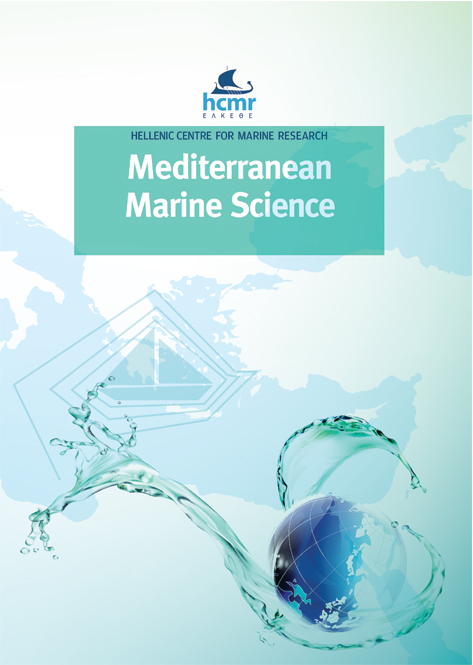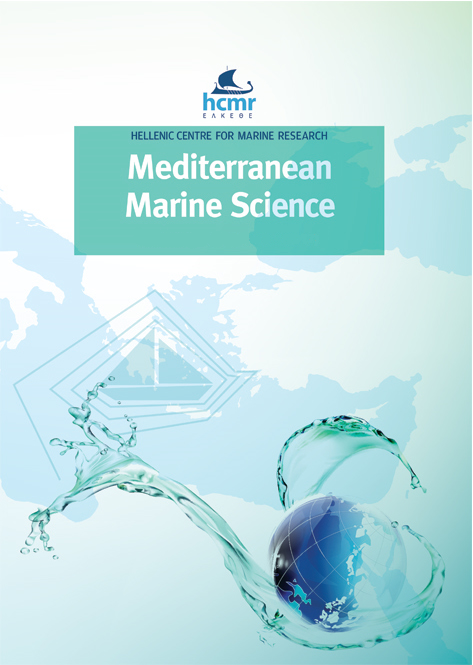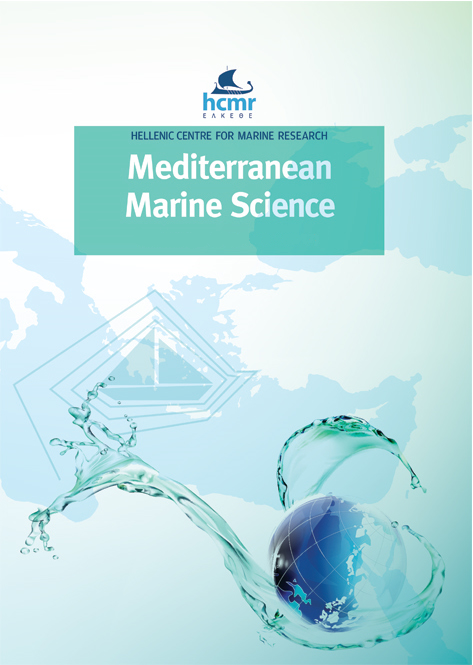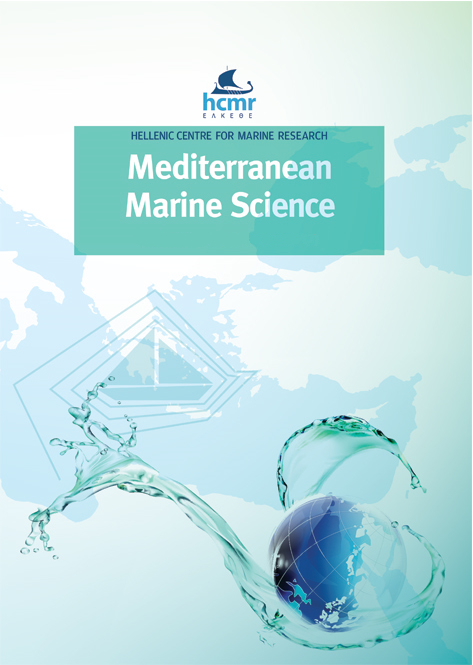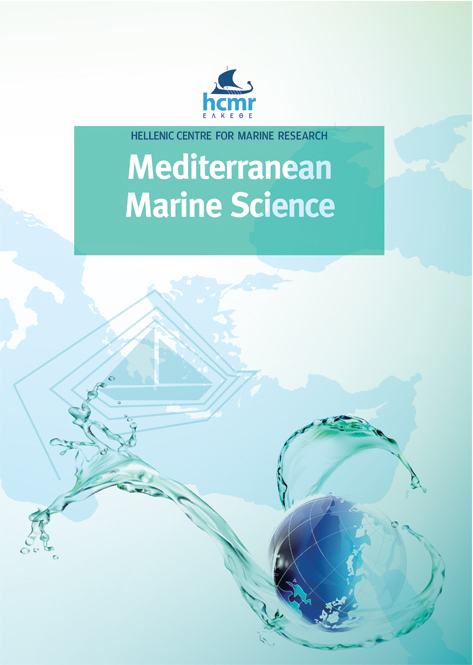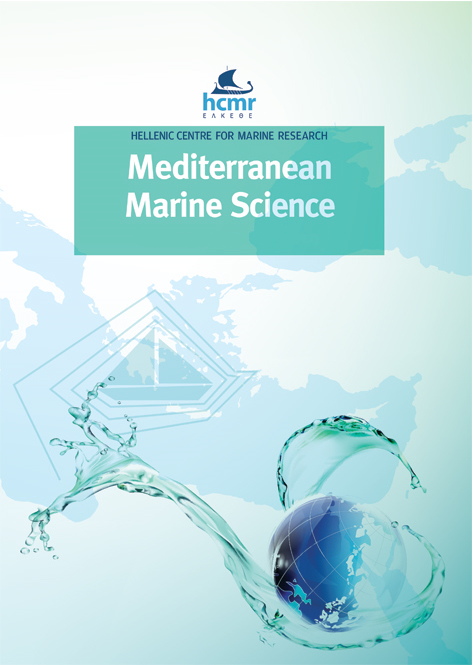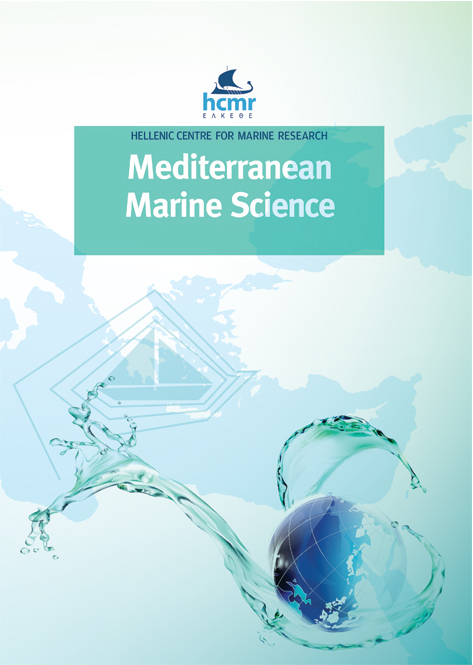Complementing underwater visual surveys with eDNA metabarcoding to detect Mediterranean non-indigenous fishes
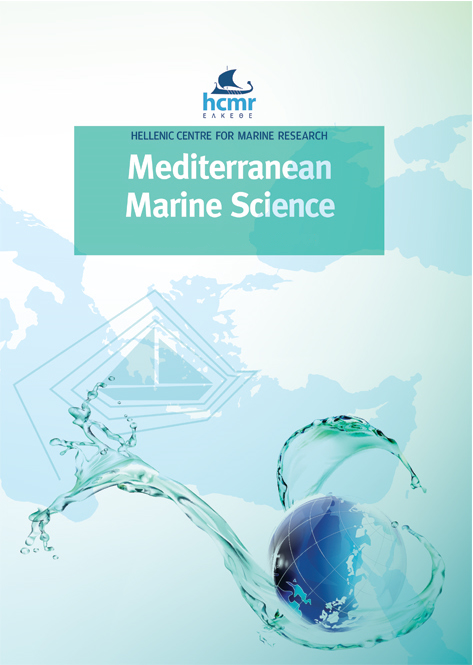
Abstract
Non-indigenous species (NIS) are among the main drivers of native biodiversity loss, habitat alteration, and degradation of ecosystem services, with some NIS posing risks to human health. Efficient monitoring strategies are necessary to assess the distribution and impacts of NIS. In this study, we compared the performance of environmental DNA (eDNA) metabarcoding and visual surveys with SCUBA diving to detect marine fish NIS in Greek waters. We collected water samples from 20 coastal sites across the Aegean, Ionian, and Levantine Seas in both warm and cold periods, targeting the 12S rRNA region. A reference 12S Mediterranean NIS sequence database was created to improve regional monitoring. Underwater visual surveys were performed at the same sites to visually detect fish NIS. Overall, 15 non-indigenous fishes were detected, five with both eDNA and visual surveys, seven exclusively by eDNA, and three by visual surveys alone. The southern stations yielded more NIS detections than the northern stations in both periods. Our findings demonstrate that eDNA can provide a rapid, low-cost, and effective tool, advocating for its integration into systematic NIS monitoring in the eastern Mediterranean Sea. A comprehensive barcode reference database is essential in enhancing the effectiveness of eDNA approaches. Thus, the combination of eDNA metabarcoding and traditional underwater visual surveys is recommended for comprehensive monitoring of NIS in marine environments.
Article Details
- How to Cite
-
XANTHOPOULOU, P., KATSANEVAKIS, S., RAGKOUSIS, M., PAPADAKIS, O., ZOTOU, M., KAMIDIS, N., WANGENSTEEN, O. S., PAPATHANASIOU, V., KARAMPETSIS, D., MAZARIS, A. D., & GUBILI, C. (2025). Complementing underwater visual surveys with eDNA metabarcoding to detect Mediterranean non-indigenous fishes. Mediterranean Marine Science, 26(1), 216–229. https://doi.org/10.12681/mms.37756
- Section
- Research Article
Authors who publish with this journal agree to the following terms:
- Authors retain copyright and grant the journal right of first publication with the work simultaneously licensed under a Creative Commons Attribution Non-Commercial License that allows others to share the work with an acknowledgement of the work's authorship and initial publication in this journal.
- Authors are able to enter into separate, additional contractual arrangements for the non-exclusive distribution of the journal's published version of the work (e.g. post it to an institutional repository or publish it in a book), with an acknowledgement of its initial publication in this journal.
- Authors are permitted and encouraged to post their work online (preferably in institutional repositories or on their website) prior to and during the submission process, as it can lead to productive exchanges, as well as earlier and greater citation of published work (See The Effect of Open Access).





